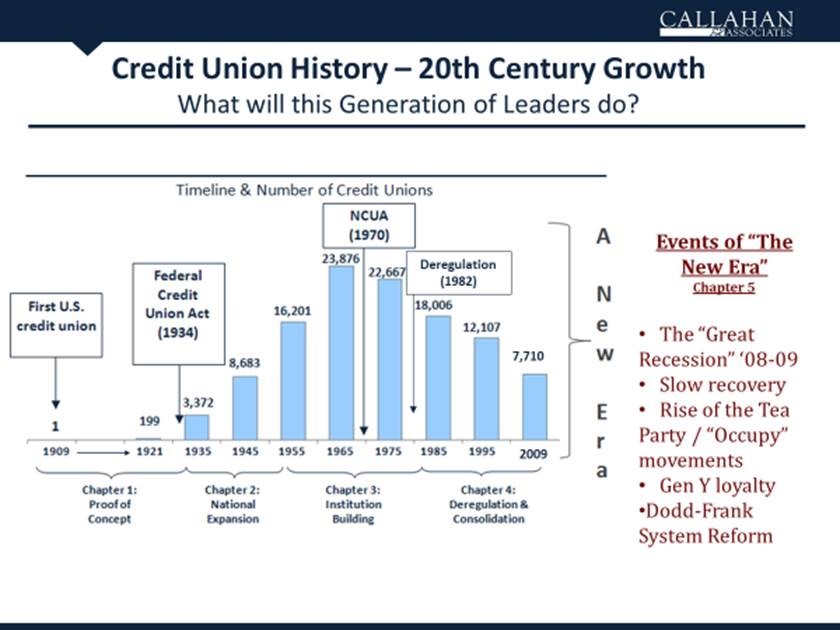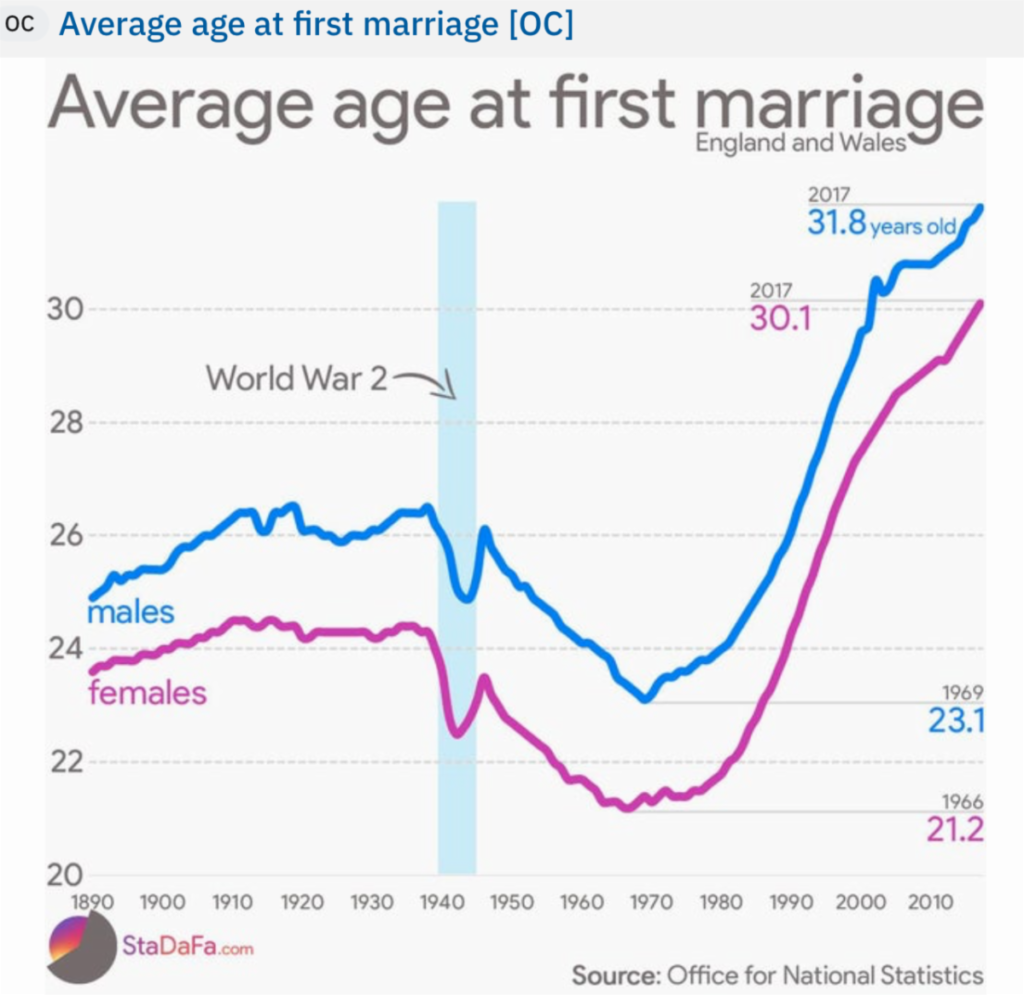Amazon’s oral concierge speaker, Alexa, is a ready source for all kinds of factual information. I can ask the time, weather, latest news or sports scores, and even call up blog podcasts. Recently I added a subscription to play any kind of music imaginable, from “calming classical choruses” to John Denver or Taylor Swift’s entire catalogue.
As with all forms of virtual interaction, one presumes the creators are always striving to improve responsiveness through artificial intelligence (AI) programmed learning.
This means Alexa’s “knowledge” is more than being a verbal avatar for a Google inquiry. One can ask Alexa to tell jokes or ask what kind of day “she-it” is having. A seeming dialogue is underway.
Alexa and the Presidential Election
So, I decided to query whether Alexa had a preference in the upcoming election.
Q: Alexa, who will you vote for in the upcoming Presidential election?
A: Well frankly, I don’t think bots should influence elections.
I don’t know your reaction to this response. But the three words that struck me as significant were “I don’t think.” This is just a negative way of saying: “I think bots should not be. . .”
My query now is how or who is doing Alexa’s thinking?



